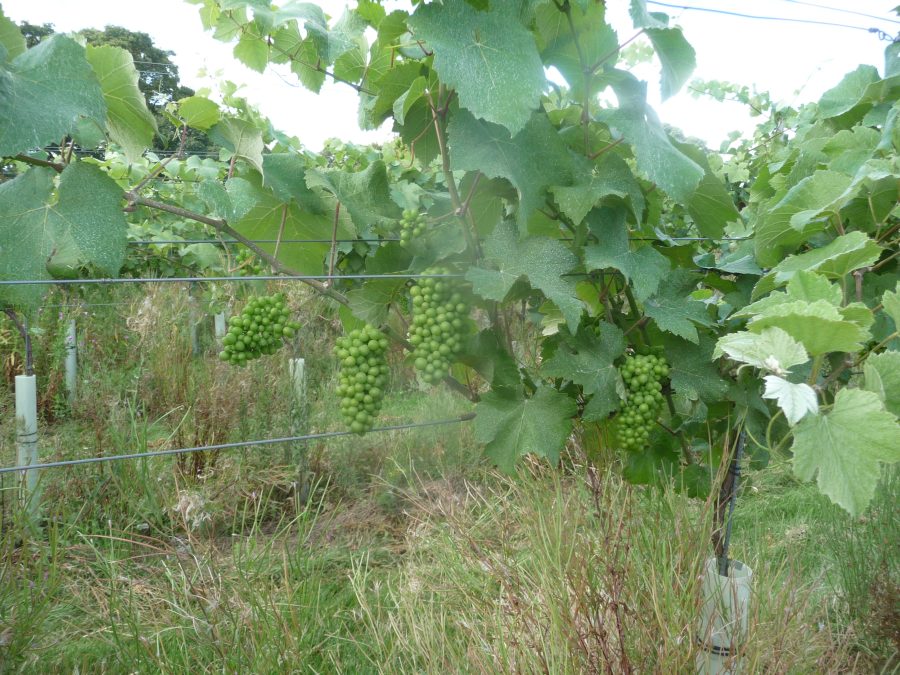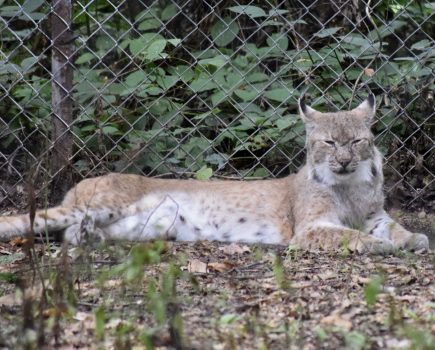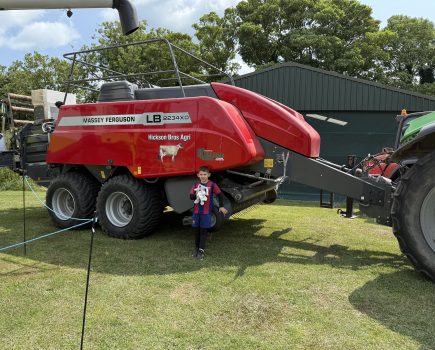So, a rather difficult farming year, apart from livestock farming which, as I discovered in 2018, only ends when you no longer have any livestock. If one has been involved with, in my case, dairy cattle all one’s life, the change does take a little getting used to. Although for any of you wobbling on getting out of that increasingly thankless task, I can assure you there are other opportunities out there. And then you don’t have to suffer too much from DEFRA.
Now farming here has diversified in different directions, although life is almost as busy, but without the constant headaches one had with milkers, both human and bovine! Our first move on selling the cattle was to negotiate the purchase of a run down and neglected 260 acre mixed stock farm immediately to the north of our forest up in Argyll.
Those rugged high hills are not for stock farming as we know it down here, so within two years, in 2020, using the excellent Scottish Woodlands forestry team, most of the ‘plantable’ area was into Sitka Spruce, along with the required mix of other tree species, making the hillsides into a mixed landscape which will hopefully be fairly trouble free for some 35 to 40 years, which certainly won’t be a problem for me, or indeed probably for my immediate successors. After being involved in dairy farming, with its constant headaches, since I was 14, I am not really looking for too many future problems.
In 2008, just before he died, we had acquired from one of my oldest friends, John Gillingham, the northern end of his old dairy farm along the Arun Valley, to be run by one of my excellent farmer/contractor neighbours, producing food, maize and grass for the dairy herd. More recently much of that land is now let to him, all we retain being a 40 acre asparagus bed which is managed for us by a big local vegetable grower. Thankfully they will be responsible for cutting and harvesting the crop.
Moving then to 2020; although not being wine drinkers, we decided to let the higher, chalkier part of our old hill dairy unit to a Susses-based vineyard. They are now completing their second harvest from what appears to have been a tremendously productive 2023 crop of grapes. It is extraordinarily rewarding to drive around and along the vines and see the sheer volume of huge bunches on individual vines. I think ‘cows..t’ suits grapes, without affecting the wine’s ‘bouquet’. On the downside it has several times crossed my mind how easy or otherwise it might be to find people prepared to pick and handle these huge volumes of grapes, but that’s not my problem.
However, while conscious of the concerns the wine industry is experiencing in Europe, one is keeping everything crossed that the UK is able to find the staff or afford the fast-developing machinery to harvest our English crops. It could pay them good dividends.
Last winter we had an annoying but not totally unexpected setback on the land recently planted to spruce up north, doubtlessly caused by the exceptional dry conditions up there in 2021, which killed some 15% of the 2020-planted young spruce. The land needed urgent infilling last winter and we wait now with bated breath.
Notwithstanding these concerns, we now have the opportunity to join both forests up with the offer of a smaller but well-established 180-acre plantation of Sitka Spruce between them. Unfortunately it also contains larch, infected with pytopthora ramorum, which have to be clear felled urgently. Despite this it is quite appealing, not least because of the views it affords.
When completed, the total forest would stretch for around two-plus miles east to west, with views to the north west up over the high ground beyond Loch Lomond and the Trossachs. There are wonderful views of the old loch itself lying just down below, while the south western scene takes in the West Coast over the Clyde from the Isle of Bute down to the Borders. I’m told that on a dry day, one can see Northern Ireland. Altogether quite spectacular.
It’s certainly a change from dairy farming in Sussex and is something to remind me of my old cows who are, along now with their progeny, on a farm close to Ballymena, just across the Irish Sea.
It’s presently all about trees here in Sussex, too, as the fast-developing biodiversity net gain scheme gathers speed. I wrote about our plans to shut off development prospects from the south of our old hamlet a few months back, which were then put on hold until the Bill was actually passed into law. Having delayed, we were more recently advised it was OK to move forward as originally planned, so we are again preparing to plant what will eventually be a 20-acre predominantly oak woodland, securing our old hamlet from any future development in that direction. Our neighbours seem very happy at the prospect.
I had been getting a steady flow of developers offering silly money to fill the land up with some 700 to 900 new homes, which I had no intention of inflicting on my neighbours, since this little place is a very old farming community with around 800 years of quite well-documented history. The only visible things it has acquired in the past 100 years is an increasingly potholed lane, a letter box built into an old flint wall, a few new homes and a couple of Victorian street lights that usually don’t work; progress we can live with!
For more like this, sign up for the FREE South East Farmer e-newsletter here and receive all the latest farming news, reviews and insight straight to your inbox.







